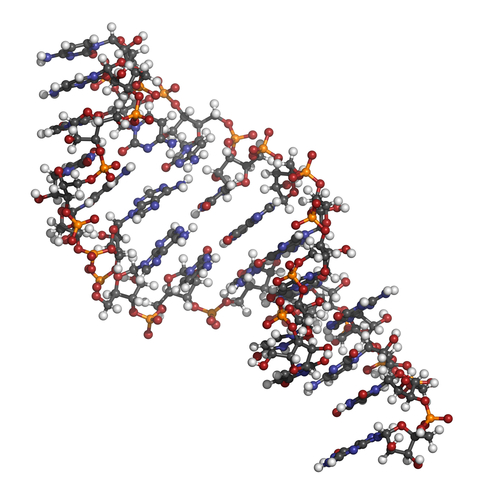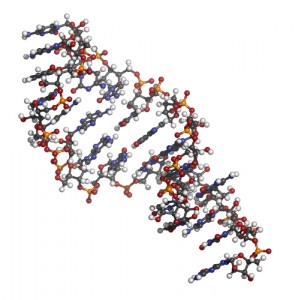Novel miRNAs and Molecule Inhibitors to Treat PAH

 Naturally occurring microRNA molecules (miRNA) hold the potential to be a new treatment for pulmonary artery disease. A group at Sookmyung University and Yale University led by Professor Kim Jong-min investigated the causes of pulmonary arterial hypertension and discovered new molecular mechanism contributing to the disease.
Naturally occurring microRNA molecules (miRNA) hold the potential to be a new treatment for pulmonary artery disease. A group at Sookmyung University and Yale University led by Professor Kim Jong-min investigated the causes of pulmonary arterial hypertension and discovered new molecular mechanism contributing to the disease.
“Our research is meaningful in the we presented a new paradigm of treatment to target microRNA pieces that prohibit the aberrant proliferation of the pulmonary artery endothelial cells (PAECs),” said Professor Kim in a news article.
[adrotate group=”4″]
The idea for using miRNA came from a series of experiments that revealed a significantly impaired activity of myocyte enhancer factor 2 proteins (MEF2) in PAECs extracted from pulmonary hypertension patient tissue samples. MEF2 impairment was likely causing increased proliferation of the cells, which could lead to blockages in artery walls and aggravation of disease in vivo.
[adrotate group=”3″]
In pursuit of a mechanism for MEF2 impairment, the team hypothesized two class IIa histone deacetylase proteins (HDACs) were accumulating in cell nuclei. By treating pulmonary hypertension-induced animal models with the HDAC IIa inhibitor MC1568, the researchers were able to decrease the amount of muscle in artery walls and vascular muscle cell proliferation. Accordingly, augmenting MEF2 activity may have therapeutic value in treating pulmonary arterial hypertension.
MiRNAs can be synthesized to target HDACs in patients. Alternatively, it may be possible to develop MC1568 as a therapeutic for patients. “After the MC1568 goes through tests for possible adverse effects, I think it will present a good opportunity for patients,” concluded Professor Kim.







